I spent the last few nights playing with D850 in the freezing cold nights of Canterbury Plains, under an amazing clear sky – very similar in reality to Aoraki Mackenzie Dark Sky Reserve.
I used two lenses – Nikon 24mm, f2.8 and Sigma Art 35mm, f1.4 for Aurora Australis shots. Shooting time: anytime in between 8-10pm.
The star trails consists of 60 photos blended (lighten option) in Photoshop, 30 seconds on the time interval function. I basically put the camera on a sturdy tripod and let it shoot away for 1h or so. Then I staked the raws in Photoshop and blended them: voila. That’s all. The background and foreground are as originally shot – it’s not a composite.
For Panorama, Affinity is unparalleled. It does the job automatically, raws included, you just load the images, then export the Panorama. Affinity worked where Lightroom and Photoshop failed. With Milky Way full arc shots, I find that the most difficult part is to calibrate the camera to convert it from 3D to 2D with minimal distortion. I’ve got some flattened full arch panoramas, obviously my fault for not positioning the camera right.
If you want to take it to expert level, Pixinsight is great, providing that you have enough time to shoot dark and white at the same settings for 3 sets of masters.
Apart from the blended trail, all are pretty much unedited. They all have natural colors, exposure and contrast, and some had the noise slightly reduced in Topaz Ai, auto settings, others didn’t. The noise is almost unnoticeable at 1600 – 3200 ISO on this camera.
I didn’t set it up for jpegs, but in-camera jpegs would most probably have similar results. Of course, some people prefer to push brightness and contrast to the max – you can do that, I prefer to not have night photos looking like daytime images. Also, I like the natural vignette. I think it frames the photos beautifully and brings the center into attention.
There’s no need for astrophotography images to be difficult, not to be an editing job – and I can’t emphasize this enough. If you have to spend days blending and painting over a Milky Way, that’s because you’ve done something wrong when shooting it.
I have heard countless accounts of “how difficult astrophotography is”, and “how much work”. As long as you’re not shooting for NASA or astronomy research programs, a reasonable camera and some freezing time out in a dark spot is more than enough. Editing is either minimal, or not needed.
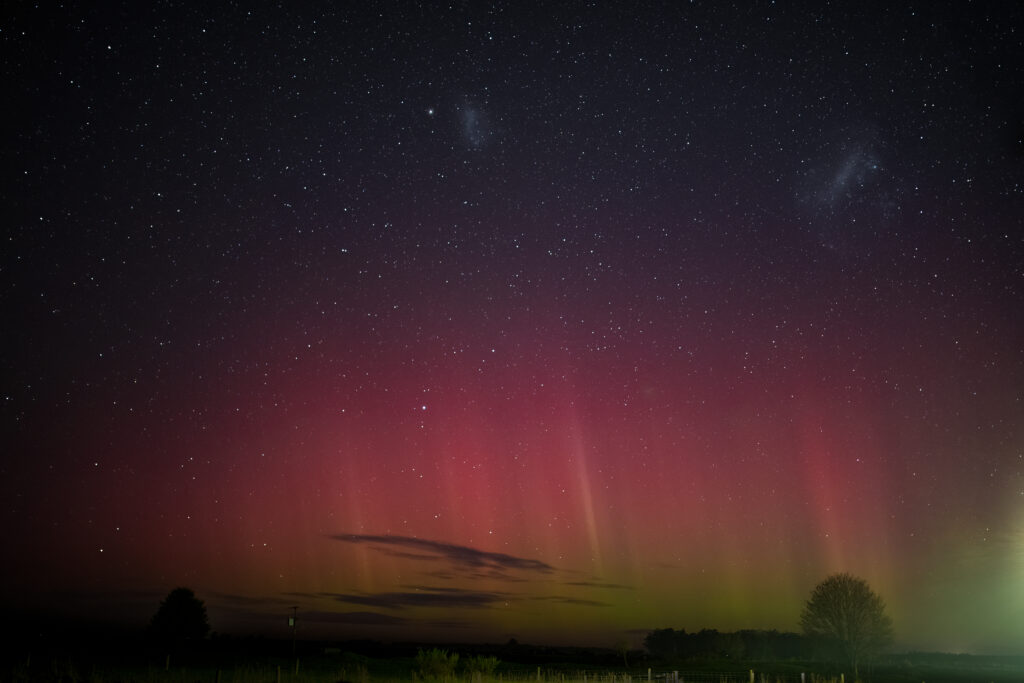
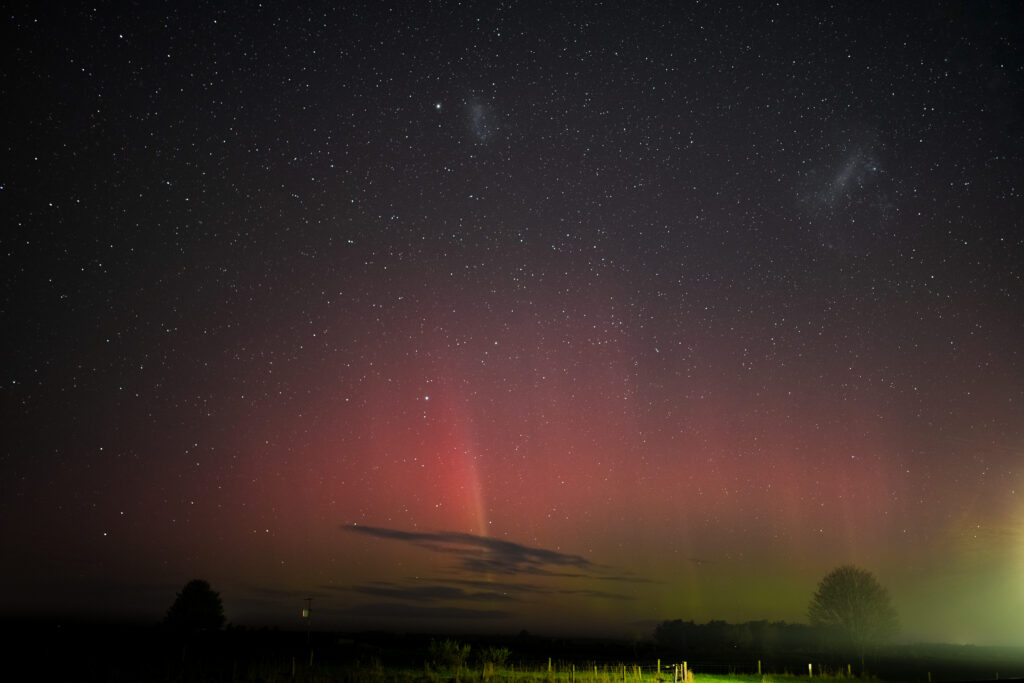
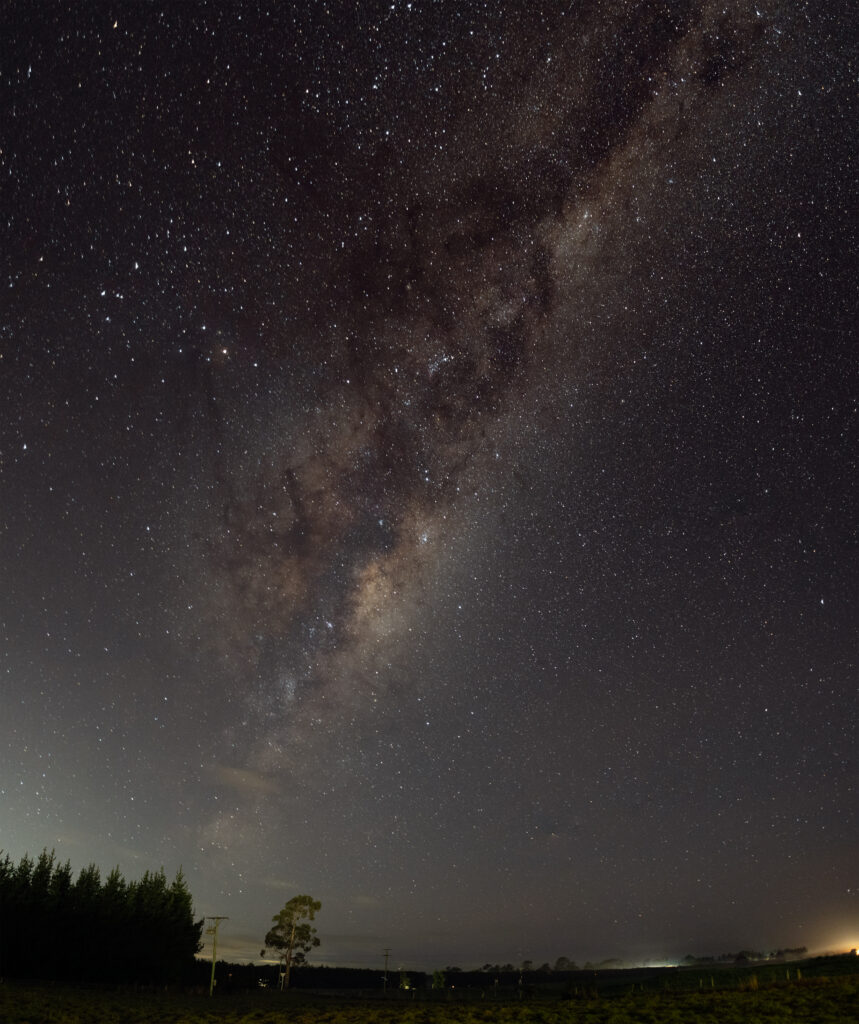
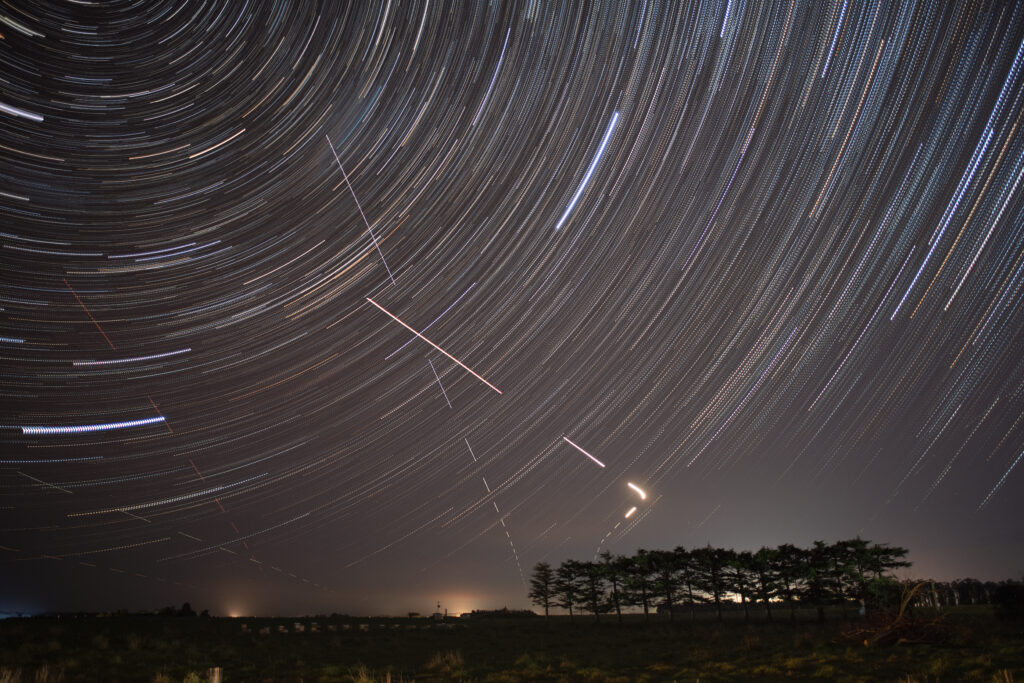
Samples of frames for the star trail, and different unedited night shots:
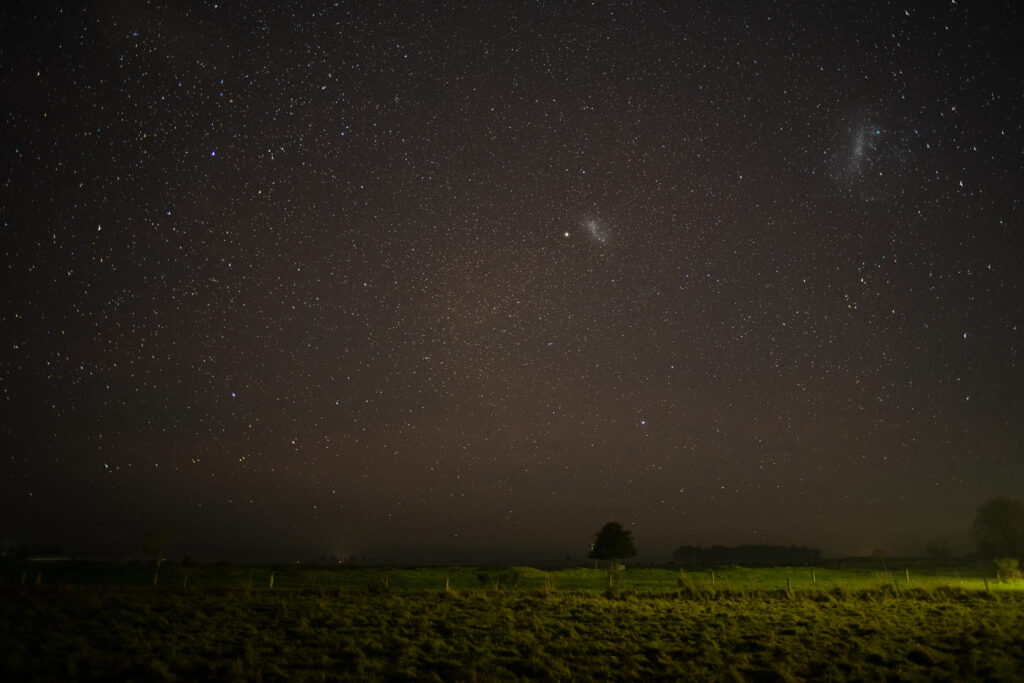
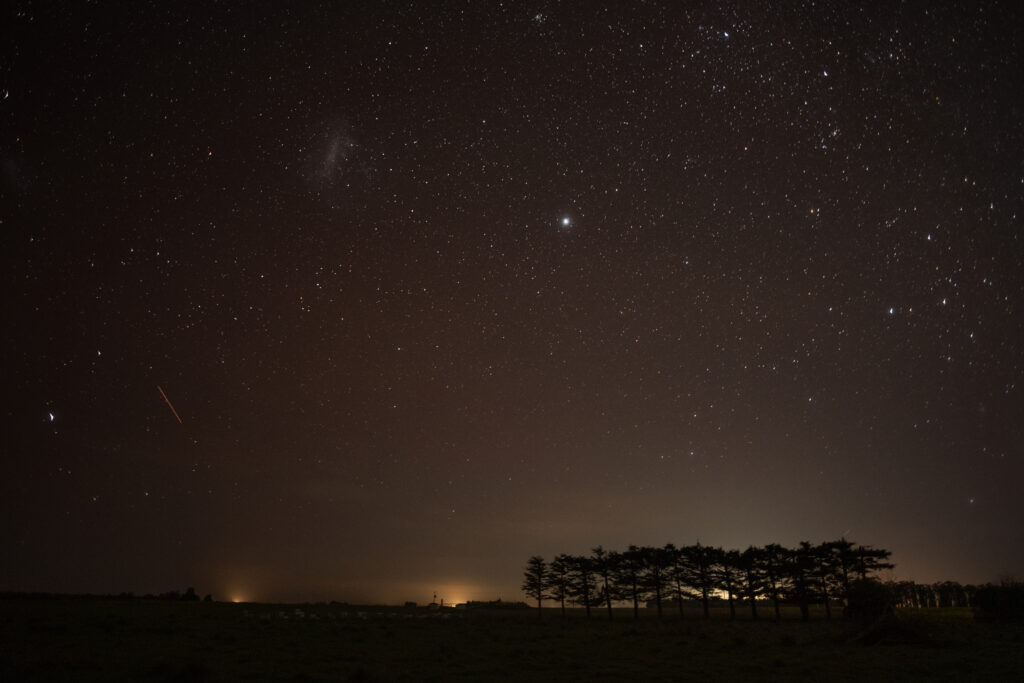
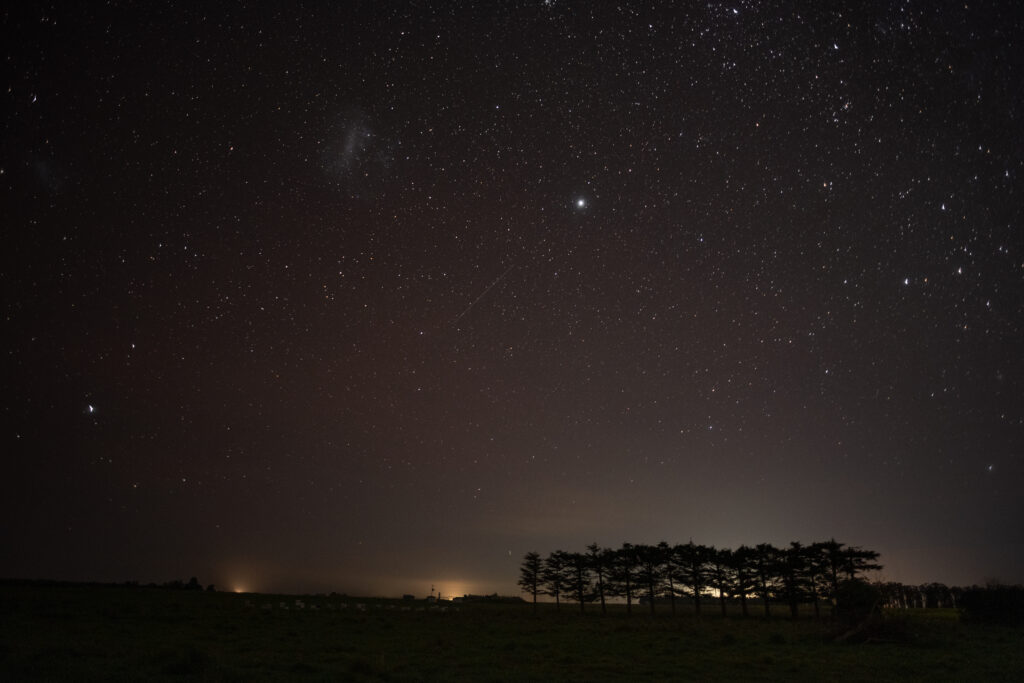
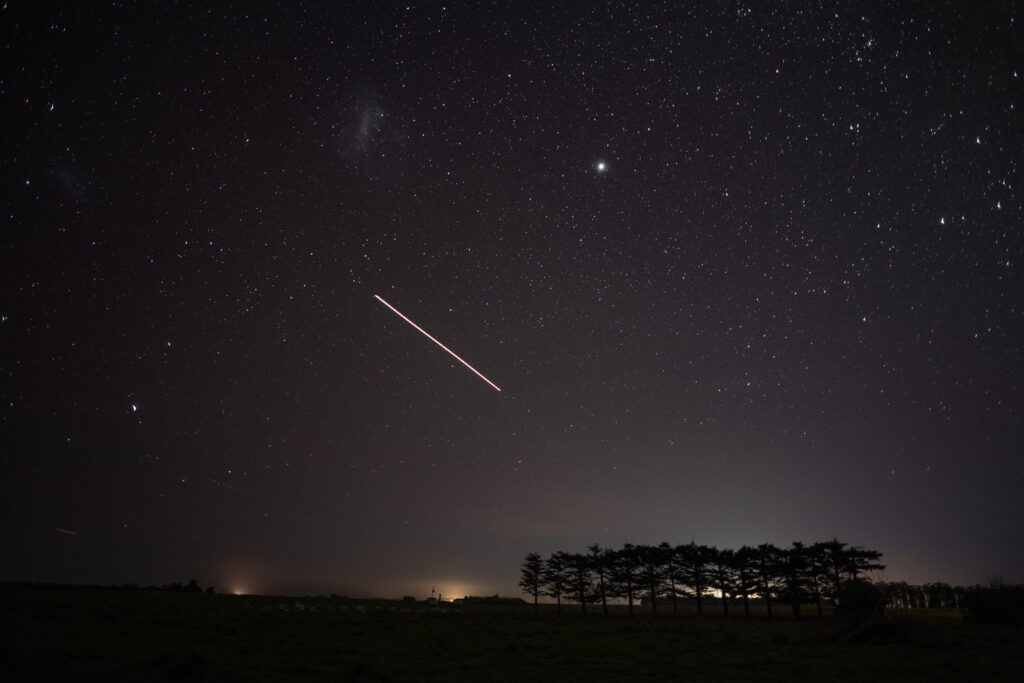
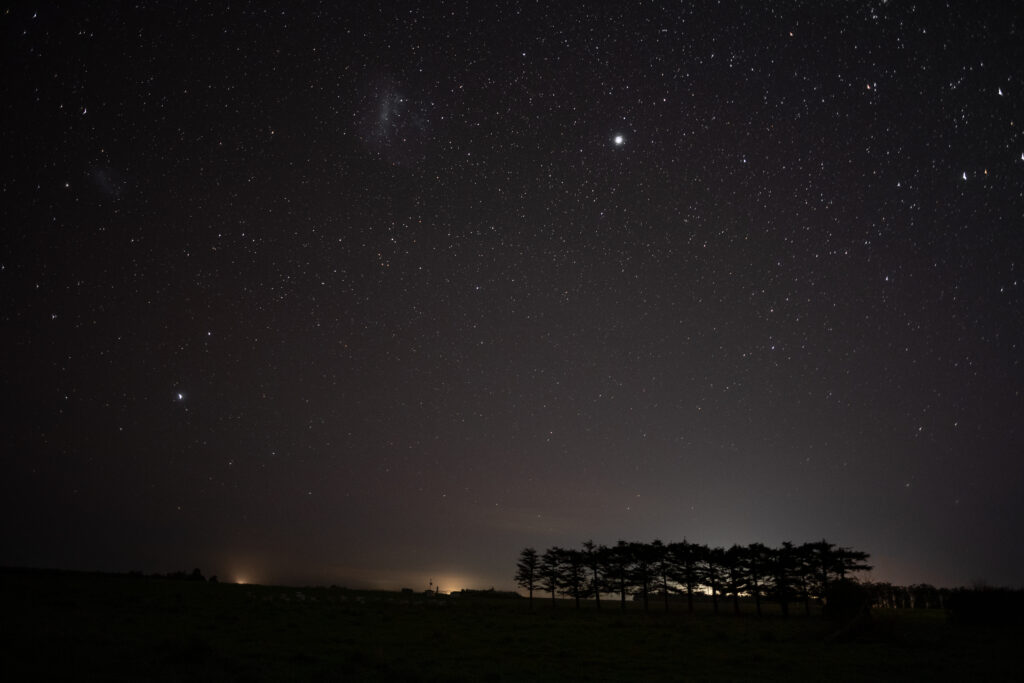
Leave a Reply